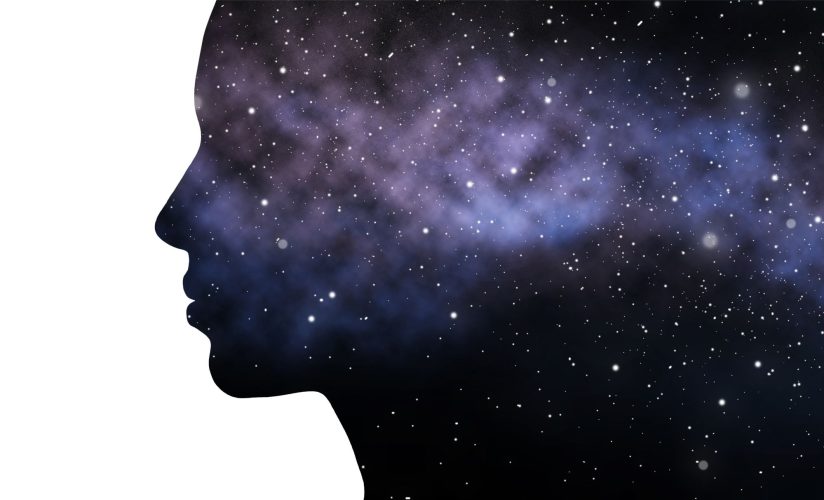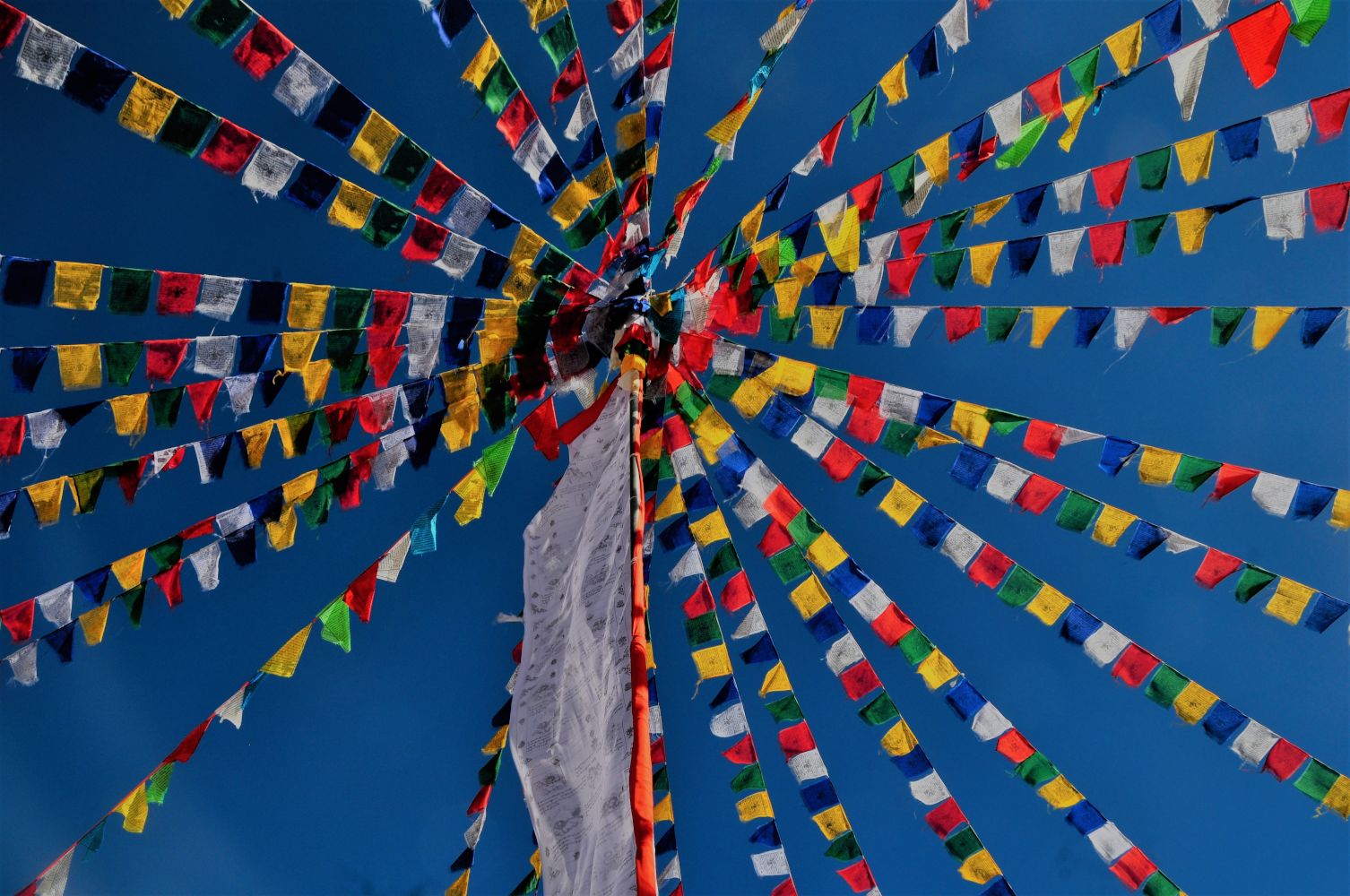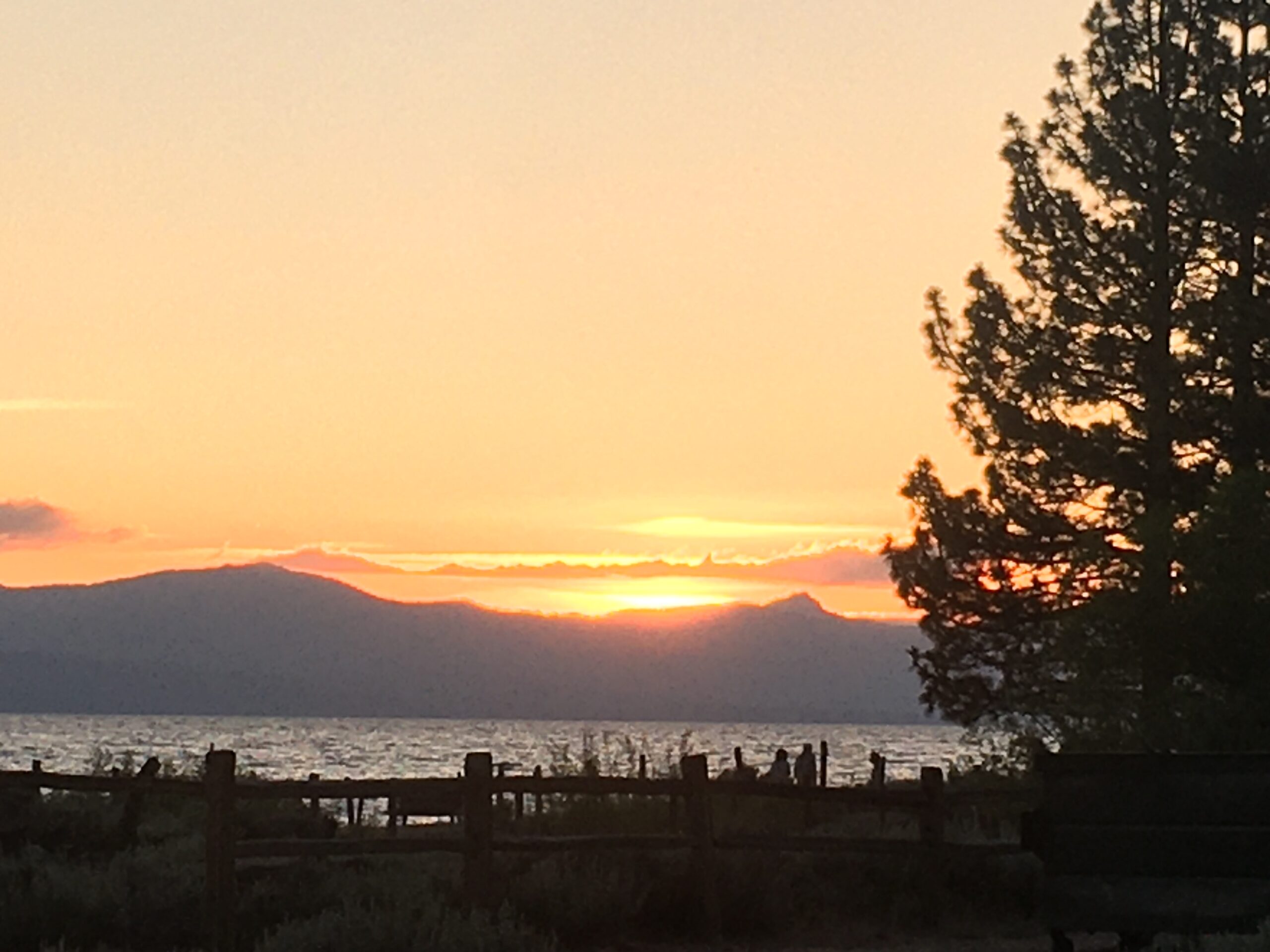I rarely watch TV, but when I do, it is primarily to watch nature documentaries. From one of these documentaries (the name of which I cannot recall but was likely narrated by David Attenborough) came a memorable and profound statement: “Our universe is an enormous organism whose existence depends on the interaction of all of its occupants.” As a scientist and spiritualist-in-training, this statement triggered a wide range of thoughts, spanning multiple disciplines, and ultimately inspired me to propose an explanation from a combined perspective of physics and spiritualism. My intention is to describe a potential relationship between mindful awareness and the universal field of consciousness. Ideally, I can prepare a garden of fertile soil into which readers can move freely with an open heart and mind to cultivate novel ideas on this expansive topic.
Interconnectedness
Buddhist philosophy describes living organisms as whole in themselves and simultaneously integrated with a larger surrounding wholeness; all forms of life existing as integrated mind and body entities interconnected with all of nature and the surrounding world. These are philosophies and seeds of science from over 2,500 years ago! These ideas are expanded further to describe a sentient being’s ability to establish a mindful awareness of the universal fabric of consciousness as a field that spans the universe with no center, no bounds, and no periphery. Indeed, we now know that wholeness and connectedness are fundamental properties of life and matter. In 1917, as part of his theory of general relativity, Einstein described our universe as a three-dimensional warped space that is finite yet without boundary. This concept of a universe as a finite space that surrounds, and, at the same time, is surrounded by itself (mathematically defined as the “3-sphere”) is virtually incomprehensible to most and cannot be visualized with an external view. There is literally no inside or outside; there is only the one.
Loving-Kindness
Metta or “loving-kindness” is a popular form of mindful meditation. In her book Loving-Kindness: The Revolutionary Art of Happiness, Sharon Salzberg describes metta as “the ability to embrace all parts of ourselves, as well as all parts of the world.” Love can go anywhere without obstruction as a continuous field; it exists everywhere with no center, no boundary, and surrounding itself. An exciting aspect of this philosophy is the identification of love as a “cohesive factor in consciousness” and the “fabric of life.” Scientists tend to strive for simple and elegant explanations for nature. Einstein’s theory of relativity is an excellent example of beautiful simplicity, as the formula easily fits on a single line on a T-shirt. Why shouldn’t something as simple, substantial, and pervasive as love serve as an essential, cohesive ingredient of an integrated universal consciousness?
Quantum Field Theory
With both excitement and reluctance, I would like to introduce some weirdness of quantum mechanics into our garden of ideas, as there seems to be intriguing relationships between the universal field of consciousness described by Buddhist philosophy and our world as described by Quantum Field Theory (QFD). In Fields of Color: The theory that escaped Einstein, Author Rodney A. Brooks explores QFD, describing our world made up of a single type of entity – the quantum field, which is actually comprised of approximately 15 overlapping and interconnected quantum fields. Each of these fields is composed of swarms of tiny, indivisible grains called quanta. Examples of quantum fields include the electromagnetic field consisting of quanta called photons, and the gravitational field consisting of quanta referred to as grains of space. These quanta carry information about the physical system (i.e. electromagnetism, nuclear forces, gravity, etc.) to which they belong. Also, in a most mysterious way, they only exist when interacting with something else; they materialize in a place when colliding with something else, existing only to exchange information. In fact, a quanta possesses information from every interaction it has ever had during its entire existence within the universe (13.5 billion years).
Even Einstein struggled with the world being this strange and said, “God does not play dice with the universe.” I propose that QFT effectively describes a consolidated universal field of consciousness that is rich with relational information, a universe made of intertwined and interacting fields of information reflecting the consciousness of our universe as a whole. Perhaps this is this same field of consciousness expressed within the meditative discipline of loving-kindness and, as such, is a “fabric of life” accessible to all of us via skillful mindfulness and meditation. If so, Buddhist philosophers of antiquity may have intuited these concepts and planted a few seeds of modern physics! Why not? Consider this quote from Richard Feynman, one of the greatest physicists of the 20th century: “I think I can safely say that nobody understands quantum mechanics.”
Now
Everything from quantum interactions, to mindfulness, happens in the “now.” The “now” is not part of the past nor part of the future; it is timeless and somewhere in between. What better moment to access the quantum realm (which, by the way, has no element of time) than the “now?” As illustrated, both in QFT and also by the Sanskrit word samsara, translated as “the cycle of life and death,” our world is unpredictable and constantly changing. Cultivating mindfulness and loving-kindness develops our awareness of the “now” and serves as a powerful resource for comprehending ourselves and the world around us, including (and especially) its impermanence.
The “now” is a fundamental, indivisible and timeless grain of mindful awareness. Consider a single grain of mindful loving-kindness as a unit of penetrative awareness or a unit of knowing that can serve as an access point to the universal field of consciousness. In this boundless space, we can connect to the entirety of life and move freely to access and exchange a virtual treasure trove of knowledge, wisdom, energy, and love. Conveyed with majesty by Salzberg, “We do not live as isolated fragments, completely separate, but as parts of a great, dynamic, mutable whole.” Imagine the rewards from cultivating a single moment, a day, a month, or a lifetime of mindfulness and loving-kindness. This sounds like the kind of garden I would enjoy spending some time in, and I hope to find you there.
Not knowing how near the Truth is, people seek it far away.
Hakuin Ekaku














